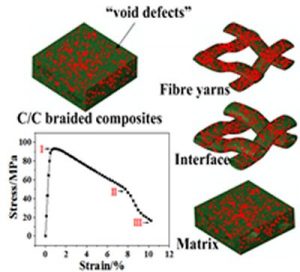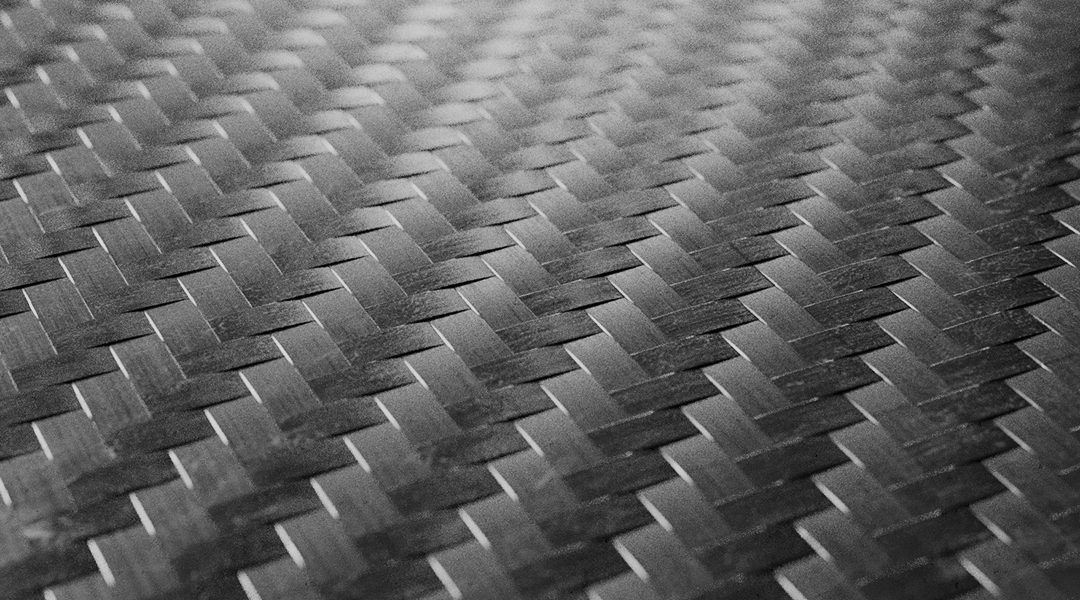 Carbon fiber reinforced carbon composites (C/C) composites were first developed by the American Chance Vought Airline in 1958 and successfully applied to solid rocket motor nozzles in the 1970s. In general, C/C composite consists of three components: carbon fibre yarns, carbon matrix and fiber yarn-matrix interface. C/C composites have become one of the ideal materials for thermal structures due to the advantages of high strength, low density and high temperature resistance.
Carbon fiber reinforced carbon composites (C/C) composites were first developed by the American Chance Vought Airline in 1958 and successfully applied to solid rocket motor nozzles in the 1970s. In general, C/C composite consists of three components: carbon fibre yarns, carbon matrix and fiber yarn-matrix interface. C/C composites have become one of the ideal materials for thermal structures due to the advantages of high strength, low density and high temperature resistance.
Although C/C composites have many advantages, manufacturing defects, such as voids, may be produced inside the material after the chemical vapour infiltration (CVI) process and high-temperature heat treatments. In their paper, published recently in Advanced Engineering Materials, a team of researchers from Nanjing Tech University, China, study the effect of random void defects on the mechanical behaviour of C/C braided composites.
The group adopted a Monte Carlo algorithm, a broad class of computational algorithms that rely on repeated random sampling to obtain numerical results, to randomly assign individual elements as “void defects” in the carbon fiber yarns, carbon matrix and fiber yarn-matrix interface. Although the braided fiber yarns reduce the effect of random void defects on the elastic modulus and tensile strength, the influence of matrix defects cannot be avoided.
C/C have been used in numerous applications, especially in the aeronautic and aerospace fields, including the throat nozzle of rocket motors, high-performance brakes, jet engines, heat shields and leading edges for advanced aircraft. In addition to the aerospace industry, C/C composites are increasingly used in civilian applications such as artificial joints and bones, bicycles, baseball racquets, and high-speed rowing boats, which have great potential for development and broad application prospects.

















